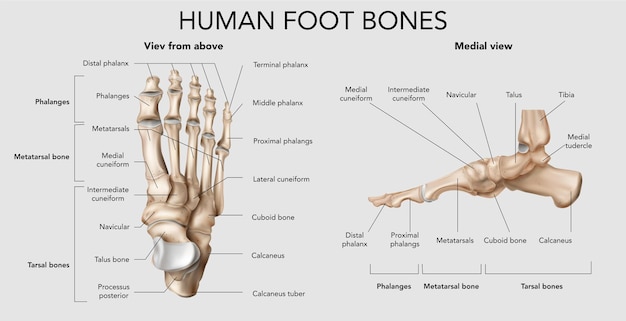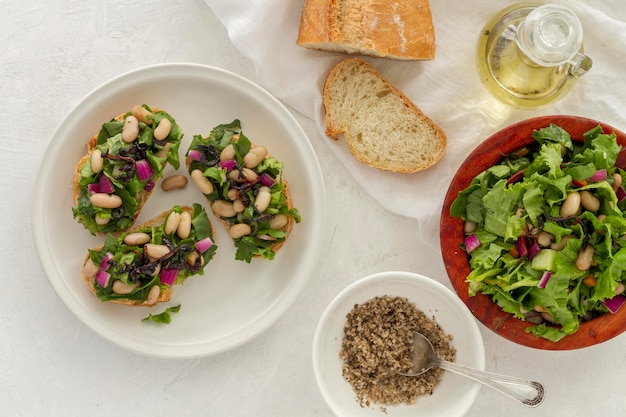Your joints—knees, hips, shoulders, wrists, and ankles—are the hinges that keep your body moving. Whether you're walking, typing, lifting groceries, or playing with kids, healthy joints are essential for everyday function and long-term mobility. Yet, joint pain affects millions worldwide, often due to wear and tear, inactivity, or poor movement habits.
The good news? You don’t need a complex fitness regimen or expensive supplements to protect your joints. With short routines, simple daily habits, and evidence-based strategies, you can maintain joint health at any age. This beginner’s guide walks you through practical checklists and lifestyle tweaks backed by science.
Joints connect bones and are cushioned by cartilage and synovial fluid. Over time, cartilage can degrade due to aging, overuse, injury, or inflammation—leading to stiffness, discomfort, and conditions like osteoarthritis. According to the CDC, over 32 million adults in the U.S. have osteoarthritis, the most common form of joint degeneration.
But joint decline isn’t inevitable. Research shows that early preventive care, proper movement, and lifestyle habits can significantly delay or reduce joint problems.

Start with these simple, science-supported habits you can weave into your day:
Consistency beats intensity. These short routines take less than 10 minutes and support joint health daily.

Food plays a key role in joint health. Focus on anti-inflammatory and cartilage-supporting nutrients:
Avoid or limit processed foods, excess sugar, and trans fats, which can promote inflammation.
While preventive habits are powerful, persistent joint pain, swelling, or reduced range of motion should be evaluated by a healthcare provider. Early diagnosis of conditions like arthritis can improve long-term outcomes.
Protecting your joints doesn’t require drastic changes. By incorporating short daily routines, mindful movement, and balanced nutrition, you can support joint function and mobility for years to come. Think of joint health as a long-term investment—small, consistent habits today can prevent pain and limitations tomorrow.
Start with one or two checklist items. Build from there. Your future self will thank you.

Health

Health

Health

Health

Health

Wellness

Health

Health

Fitness

Health

Fitness

Wellness

Health

Fitness

Health

Health